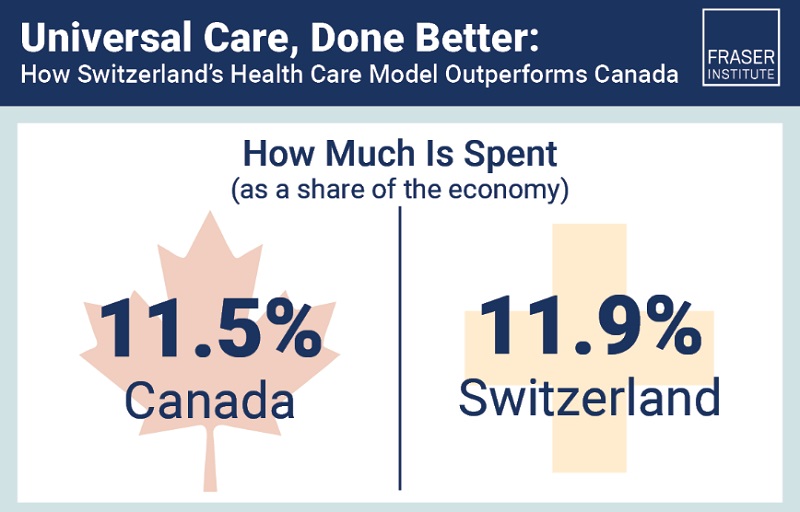Fraser Institute
Atlantic provinces should focus on growth—despite Carney’s transfer policies
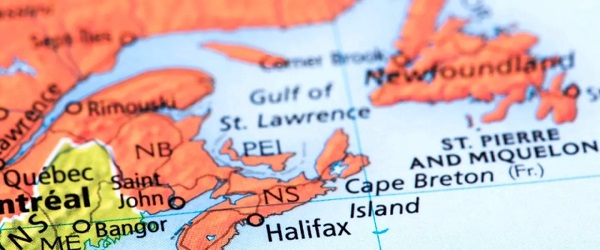
From the Fraser Institute
By Alex Whalen
In his election platform, Prime Minister Mark Carney promised there will be no cuts to federal transfers for the duration of the his government’s term. Nowhere is this pledge more relevant than in Atlantic Canada. As of last year, federal transfers represented 33.4 per cent to 38.7 per cent of provincial revenues in the Maritimes (the highest levels in Canada), and 19.0 per cent in Newfoundland and Labrador.
Why? Mainly because of Canada’s equalization program, which (to paraphrase) redistributes federal funds to poorer provinces to help them maintain comparable service levels.
Setting aside the various issues of the equalization program, self-sufficiency and economic growth has been thrust to the forefront in Atlantic Canada recently, due in part to President Trump’s destructive economic policies, and perhaps also due to the prospect of policy change at the federal level. Premier Tim Houston has talked explicitly about the need for Nova Scotia to be more self-reliant, while the Council of Atlantic Premiers has emphasized the need for collaboration, removal of regional barriers and the imperative to strengthen the economy.
In a region with a long history of being dominated by government, there’s a risk that Carney’s policy to maintain federal transfers, or a stabilization in Canada-U.S. relations, may reduce the perceived importance of the newfound emphasis on growth. This would be a mistake.
In fact, creating the policy conditions for stronger growth, and therefore reducing reliance on federal transfers, should be a top priority for all four governments in Atlantic Canada, regardless of Trump or Carney’s policies. So, what can be done?
Nova Scotia’s recent policy shift to emphasize natural resource development—including removing bans on uranium mining and fracking for natural gas—is a good start. New Brunswick’s new government has also emphasized the importance of increased mining activity to grow its economy. Natural resource development attracts much-needed investment and jobs that pay well above average wages. However, the industry faces a large regulatory burden and governments must be laser-focused on improving competitiveness. Secondly, governments in the region should restrain spending and redirect those funds to lower their crushing tax burdens. The four Atlantic provinces have among the highest personal income and business income taxes in North America, both of which hurt growth by making the region relatively less attractive for people and capital.
More government does not work. Some provincial governments such as British Columbia and Ontario have used the economic situation spurred by President Trump to open up provincial spending taps, which is a costly approach. Again, Atlantic Canada is the most government-dominated region in the country, and an extensive body of research has connected excessively large government with slower growth.
The newfound emphasis on growth and self-sufficiency among Atlantic Canada’s premiers is a welcome development. Growing incomes and improving living standards should be a top priority for all governments in the region. Higher levels of economic growth would mean lower federal transfers, which would better position the region for any fluctuations ahead. Carney’s transfer policy must not breed complacency among Atlantic premiers.
Fraser Institute
Declining stature of foreign affairs minister underscores Canada’s waning influence on world stage
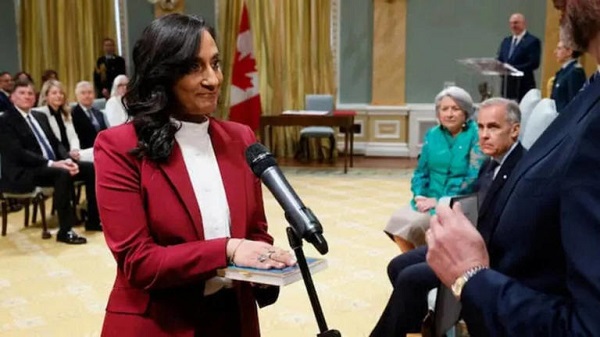
From the Fraser Institute
In the cabinet he unveiled in May, Prime Minister Mark Carney appointed Anita Anand to serve as this year’s foreign affairs minister.
Yes, that’s tongue in cheek. Anand may well serve longer than one year in that role. Her predecessor, Mélanie Joly, served three-and-a-half years, almost as long as John Baird who served from May 2011 to February 2015. But those two were exceptions to what has become a revolving door ministry. In this century, 15 people have served as minister of foreign affairs.
Some of this has to do with the six minority governments we’ve had in Ottawa over that time. But the bigger reason is that Global Affairs Canada, as it is currently known, no longer has the stature it once enjoyed, in part because foreign policy is directed more and more from the Prime Minister’s Office, and because “Canada’s standing in the world has slipped,” as Marc Garneau, who was foreign minister for nine months in 2021, wrote in his memoir. “We are losing credibility.”
The minister of foreign affairs was once seen almost as a Canadian equivalent of an American vice-president. Louis St. Laurent, Lester Pearson and Jean Chretien all served at foreign affairs before later becoming prime minister. Joe Clark served as foreign affairs minister after having been prime minister.
And Canadian foreign policy once mattered in world affairs. Pearson played a key role in the negotiations that led to the creation of the North Atlantic Treaty Organization (NATO) in 1949. He was the only Canadian to win the Nobel Prize for Peace, after he helped broker a ceasefire during the 1956 Suez Crisis that led to the first peacekeeping mission.
During her brief tenure as foreign affairs minister in 1979, Flora MacDonald promoted the idea of bringing Vietnamese refugees to Canada through private sponsorships by citizens and groups. The United Nations awarded Canada the Nansen Refugee Award for accepting more than 60,000 boat people, as they were known, from Indochina.
Joe Clark, as External Affairs minister in the 1980s, put Canada in the forefront of opposition to the apartheid regime in South Africa.
At the turn of this century, foreign minister Lloyd Axworthy led the movement that brought about the United Nations doctrine of Responsibility to Protect—a global commitment to prevent genocide and other atrocities.
And following the attacks on 9/11, Foreign affairs minister John Manley worked closely with Homeland Security Director Tom Ridge to secure the Canada-U.S. border, while continuing to promote free trade across it.
Since then, the stature of foreign affairs ministers has declined. Bill Graham was deeply disappointed when Paul Martin replaced him as minister with Pierre Pettigrew, whom Martin kept on a very short leash.
Stephen Harper cycled through a plethora of foreign affairs ministers—Peter MacKay, Maxime Bernier, David Emerson, Lawrence Cannon, Baird and, in the final months, Rob Nicholson.
Justin Trudeau did the same, replacing Stéphane Dion with Chrystia Freeland, then François-Philippe Champagne, then Garneau and finally Joly.
Part of this is the way of the world. In foreign affairs ministries everywhere, from Foggy Bottom to Whitehall to the Quai d’Orsay, diplomats lament that the office of the head of government effectively runs foreign affairs, shunting them aside.
But the declining stature of the Canada’s minister of foreign affairs coincides with the declining stature of Canada within the Western alliance and beyond, which itself is the result of the decline in Canda’s defence capability.
In the 1950s, during the Korean War, Canada’s defence spending reached 7.4 per cent of GDP. On John Diefenbaker’s watch it sat above 4 per cent; on Pearson’s, around 3 per cent.
Pierre Trudeau reduced the size and role of Canada’s military, while seeking to make Canada less closely aligned with the United States. He took defence spending down to 2 per cent of GDP, where Brian Mulroney kept it.
With the end of the Cold War, and with the need to balance the federal budget, defence spending under Jean Chretien and Paul Martin fell to about 1 per cent of GDP, where it largely remained under Stephen Harper and Justin Trudeau.
Other members of NATO are investing heavily in their military in the wake of Russia’s invasion of Ukraine. But Canada continues to lag behind.
Prime Minister Carney promises to increase Canada’s defence commitments while pursuing a more robust foreign and trade policy. We shall see. In any case, Anand should not get too comfortable in her office at the Pearson building. If past is precedent, she may not be there long.
Business
Governments must work to improve Canadian living standards despite recent good news

From the Fraser Institute
By Jake Fuss and Grady Munro
For years, Canadians have experienced a decline in living standards. According to new data from Statistics Canada, living standards may finally be headed back in the right direction, but there’s still much work to be done.
The new numbers show that inflation-adjusted gross domestic product (GDP)—the final value of all goods and services produced in the economy—grew by 0.5 per cent during the first three months of 2025. During that same period, population growth slowed considerably to just 0.2 per cent. For perspective, the average quarterly population growth last year was three times this rate at 0.6 per cent. As a result, inflation-adjusted per-person GDP—a broad measure of individual living standards—grew by 0.4 per cent to reach $59,146 at the end of March 2025.
This is a good sign as it marks the first time living standards have improved for two consecutive quarters (per-person GDP grew 0.1 per cent to end 2024) since the first half of 2022, but we must temper our optimism. Economic growth remains relatively weak compared to historical numbers. And a per-person GDP of $59,146 is still 2.6 per cent below the mid-2022 level ($60,718). For comparison, per-person GDP in the United States after the first three months of 2025 is 4.9 per cent higher than in mid-2022.
Simply put, Canadian living standards remain well below levels they’ve been in past years and growth has fallen well behind growth south of the border, meaning governments across Canada must take steps to promote economic growth.
Recently, there has been a push in Canada to eliminate interprovincial trade barriers, which inhibit the free flow of goods and services between provinces and act as a drag on the economy. Several provinces have already taken steps towards this end, and the federal government has committed to eliminate all federally-imposed trade barriers by Canada Day. These efforts are long overdue, and should be joined by all governments across the country.
Governments should also get their finances in order and finally stop adding to the mountain of debt. In 2025/26, nine out of 10 provinces (except Saskatchewan) and the federal government plan to run budget deficits—meaning they will spend more money than they collect in revenues and thus must borrow additional funds. Consequently, government debt will continue to rise.
Rising government debt acts as a drag on the economy. Indeed, research suggests that when combined federal and provincial government debt exceeds the entire size of the economy (as it did in seven out of 10 provinces in 2022) additional debt offers little benefit to economic growth, and instead inhibits growth in the economy. As such, governments across the country must lower spending to balance their budgets and chip away at this mountain of debt.
Finally, governments should also pursue comprehensive tax reforms to lower the tax burden and make Canada more attractive to professionals, businessowners and entrepreneurs, while also improving the economic incentives to work, save and invest. Without meaningful reform, Canada’s tax system will continue to inhibit economic growth and, consequently, living standards.
New economic data suggest that Canadian living standards have improved in recent months, but we must temper our optimism. Governments across the country should pursue meaningful policy reforms to help grow the economy and improve prosperity.
-
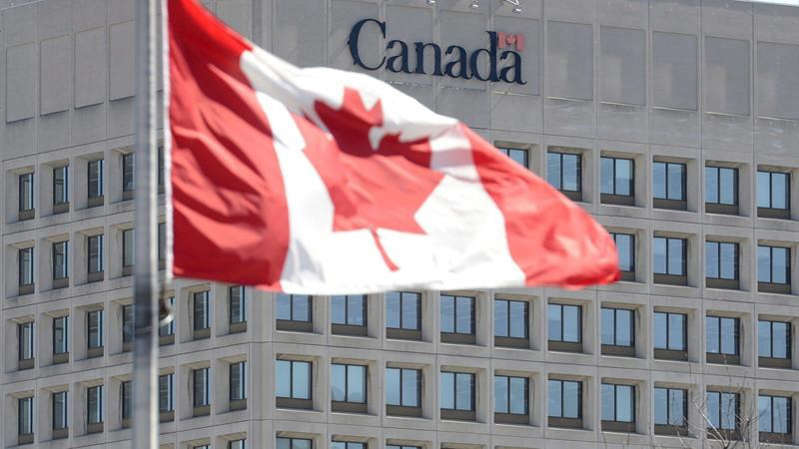
 Business2 days ago
Business2 days agoBureaucracy balloons while less than 50 per cent of government performance targets are consistently met
-

 conflict1 day ago
conflict1 day ago“Will Be in History Books”: Zelensky Hails Long-Range Drone Strike That Hit Dozens of Russian Bombers
-
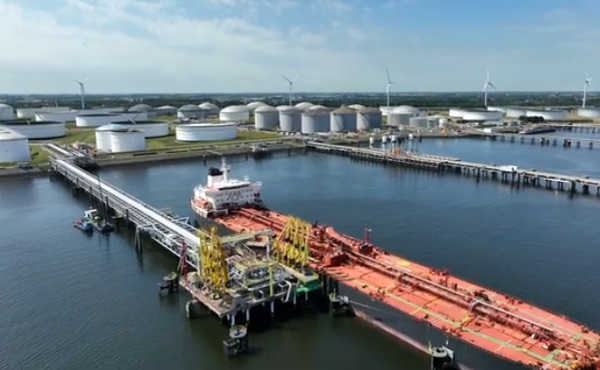
 Economy2 days ago
Economy2 days agoCanada Treats Energy As A Liability. The World Sees It As Power
-
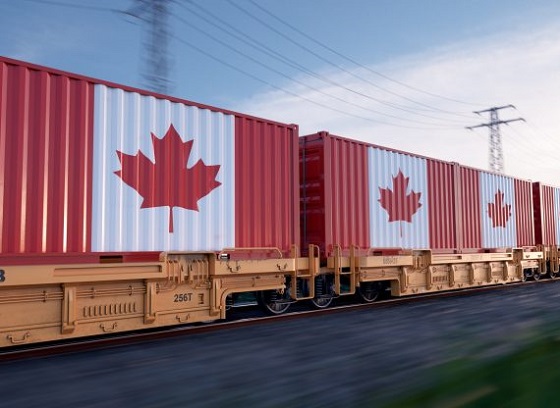
 Business23 hours ago
Business23 hours agoRemoving barriers to trade between Alberta and the rest of Canada could grow our economy by $72.1 billion, says the MEI
-

 Business24 hours ago
Business24 hours agoGovernments must work to improve Canadian living standards despite recent good news
-

 Business19 hours ago
Business19 hours agoOil producers brace for market share battle
-

 Crime1 day ago
Crime1 day agoTerror in Boulder: Woman set on fire during pro-Israel hostage walk
-
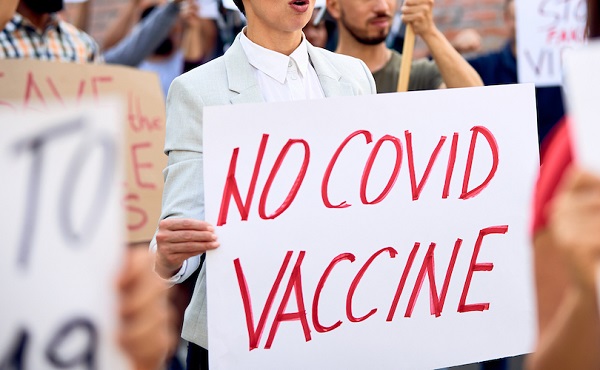
 COVID-198 hours ago
COVID-198 hours agoApproval of new COVID-19 vaccine dashes hopes Trump admin would close the book on controversial shots



